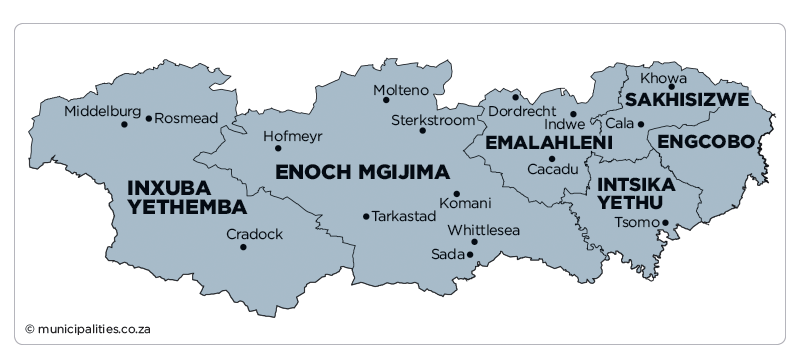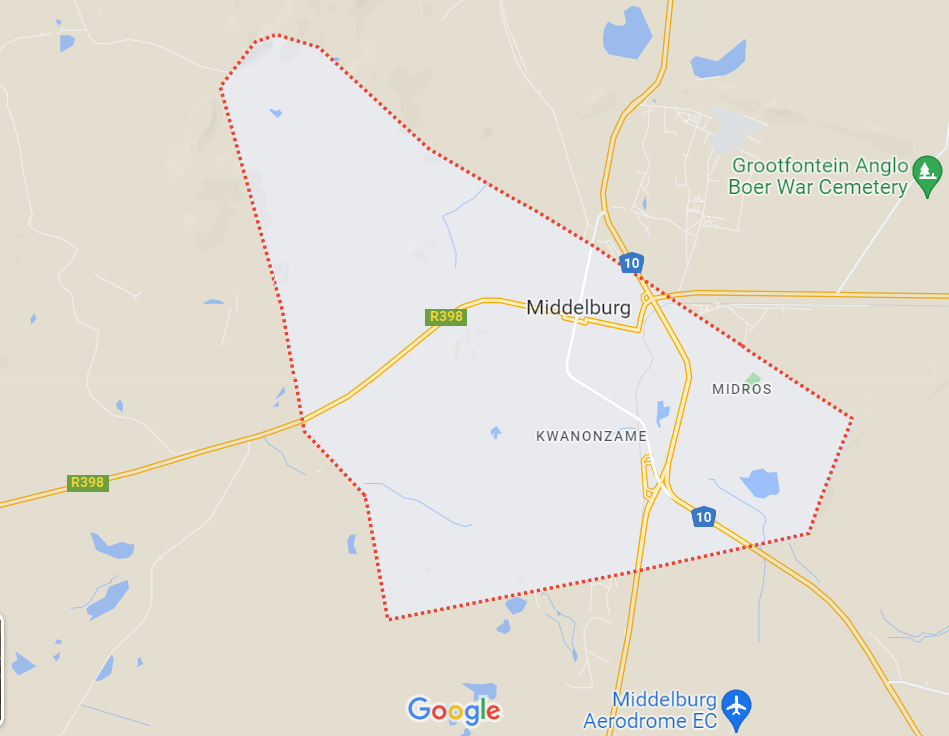ABOUT US
- Home
- /
- Municipality
- /
- About IYM
Who We Are
Inxuba Yethemba Local Municipality, formerly known as Cradock Local Municipality is a local municipality located in the Eastern Cape province of South Africa. The municipality falls under the Chris Hani District Municipality.


IYM commits itself to good governance, efficient delivery of services, development

A municipality working together with its citizens to ensure provision of sustainable,

Commitment – Strive to provide quality services that is customer orientated.
Integrity – Maintaining a high ethical and honest conduct at all times
Respect – For self and others and serving the public with humility.

INXUBA YETHEMBA MUNICIPALITY

This municipality was established as a Mayoral Executive System which implies the exercise of executive authority through an executive mayor in whom the executive leadership of the municipality is vested, and who is assisted by a mayoral committee. The Executive Mayor of IYM exercises executive powers, whilst the Council of the IYM remains the highest decision making body within the municipality. The political arm of the municipality is complemented by the administration which is led by the Municipal Manager. The administration is responsible for providing technical support such that all the plans of Council are implemented in an efficient, effective and economical manner. The administration and the political arm alike adhere to the principles of good and clean governance through ensuring that adequate checks and balances are in place and that effective oversight on the operations is adequately exercised. Given that the IYM is not in isolation, but rather a member of the South African populace, and its system of government, it has to, from time to time engaged with the public and other spheres of government. As such, the municipality has established formal intergovernmental relations protocols to engage stakeholders including other spheres of government and has institutionalised public participation mechanisms where communities have an opportunity to engage with the politicians and administration on their developmental needs. These instruments of governance, taken together, allow the Inxuba Yethemba Municipality to deliver on the mandate as given by the communities which it serves. The sections that follow provide a detail in terms of how each of these components operate and how decisions around key development issues are arrived at, all this within the legal framework that governs local government in South Africa.
TOWNS
The town of Cradock is situated in the Eastern Cape province of South Africa. Cradock was founded in 1813 on the banks of the Great Fish River to cater for the migratory farmers who settled in this ruggedly beautiful area with its excellent grazing, abundant water and healthy climate. Cradock is a thriving agricultural community which specialises in the production of wool, mohair and in cattle farming.
Cradock is the principle town of the Karoo Heartland Route and an important agricultural centre, Cradock boasts fine architecture and a number of important monuments and museums (including the Olive Schreiner House, home of the writer of the classic, ‘Story of an African Farm’). The area was considered strategically important by the early 19th century settlers, and this heritage is reflected in many of the well-preserved buildings – including the old parsonage (1849), which today houses the Great Fish River Museum, a fascinating showplace of settler culture. A more recent view is provided by the epitaphs on the tombs in the Lingelihle Graveyard, final resting place of a number of people who lost their lives in the struggle against apartheid. The wide, fertile plain and its surrounding mountains offer many attractions for nature lovers.
Activities
Nearby Lake Arthur is a popular water sports venue.
The Great Fish River is home to the country’s biggest annual canoe marathon and provides exciting paddling and tubing during most of the year. The Mountain Zebra National Park is a favourite for game viewing, birding and scenic drives.
The sulphur hot springs of the Cradock Spa have been a popular draw card almost since the town was founded. The Spa draws people from all over the country to experience both its open-air and indoor heated pools.
The original part of town is graced with some of the finest buildings, like the Dutch Reformed Church which is a national monument and designed to look like London’s St Martin’s-in-the-field.
The Olive Shreiner House Museum is devoted to the author’s life and works. Olive was said to write the novel ‘The Story of an African Farm’ whilst working as a governess on farms in the district, and much of her early life was spent in the town.
Cradock’s streets are lined with Ilex Oak Trees, particularly on Dundas Street, where they have been declared a national monument.
The Old Water Mill, completely restored, is worth a visit and the Great Fish River Museum – housed in the converted second Dutch Reformed church – conveys what it was like to live as a settler after 1806, during the second British occupation of the Cape.
The unique town Cradock is a place of literary legends, Boer war heroes and anti-Apartheid struggle icons such as the Cradock Four. But it is always been best known for down to earth, day-to-day, warmth and kindness – so typical of much of the Eastern Cape and small towns in the Karoo.
Tourism prospers in Cradock because of its historical past and the geographical position makes this an ideal stop over for the traveller en-route to the major centres.


